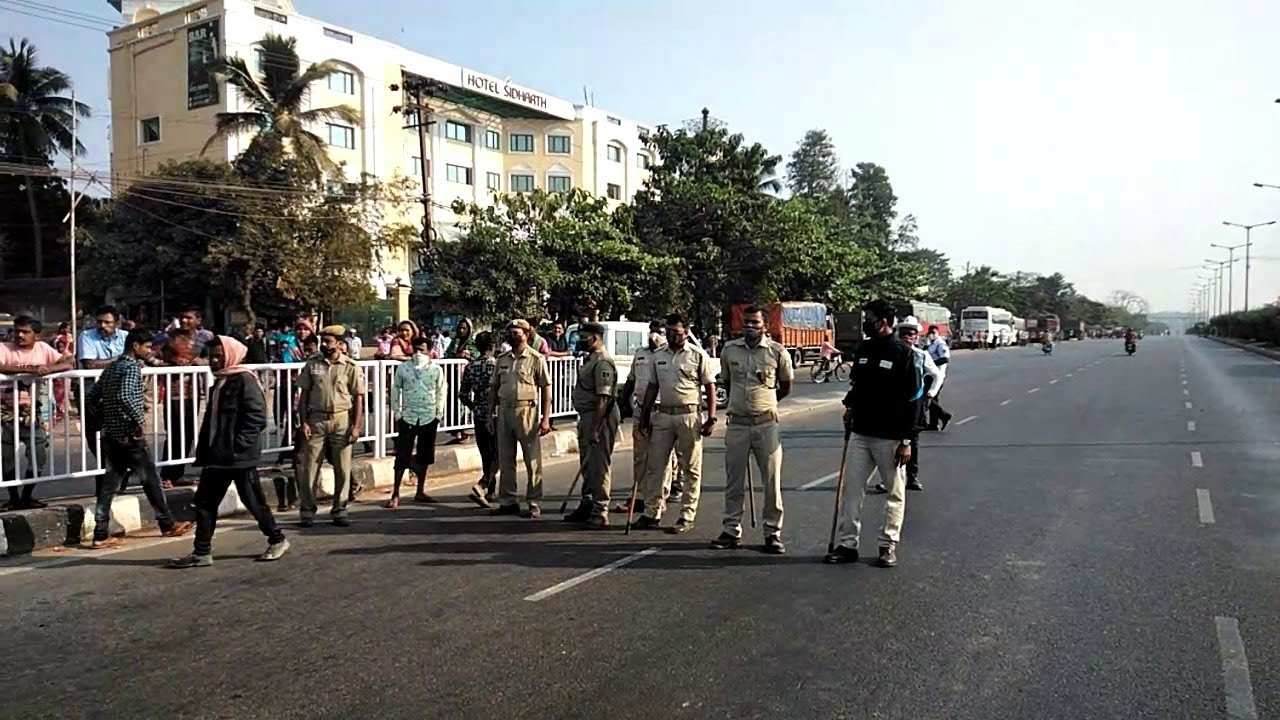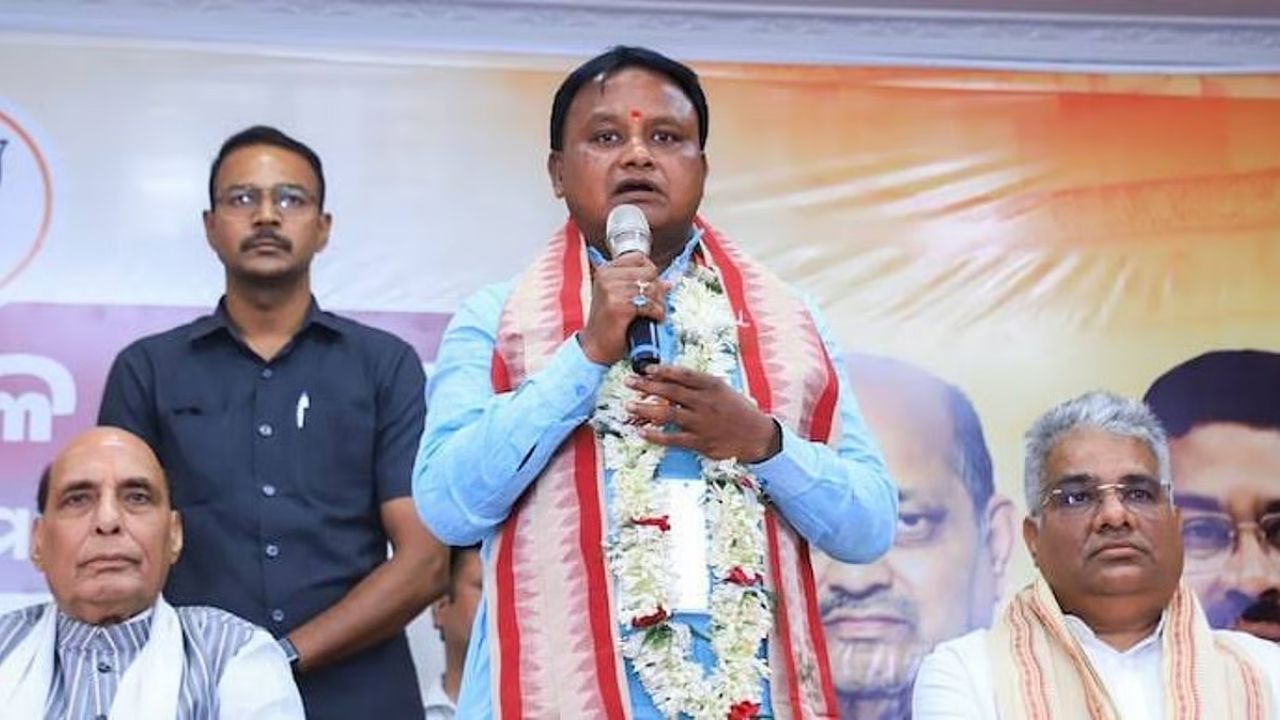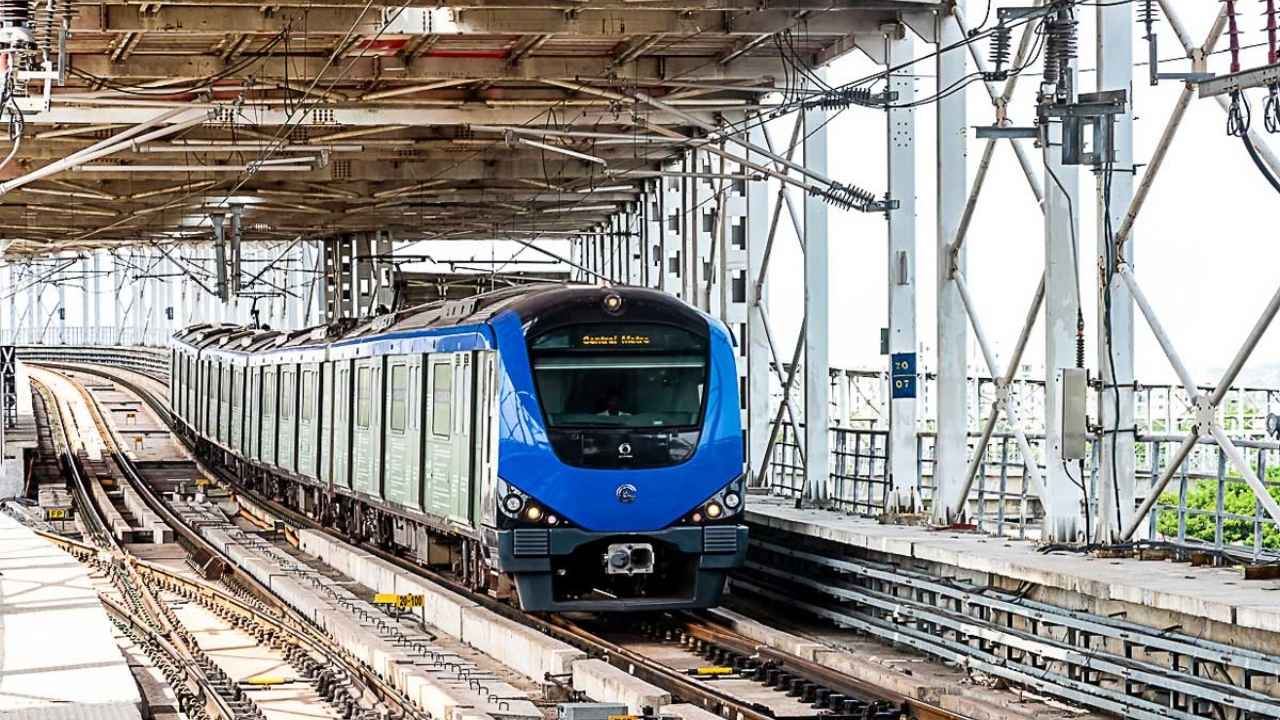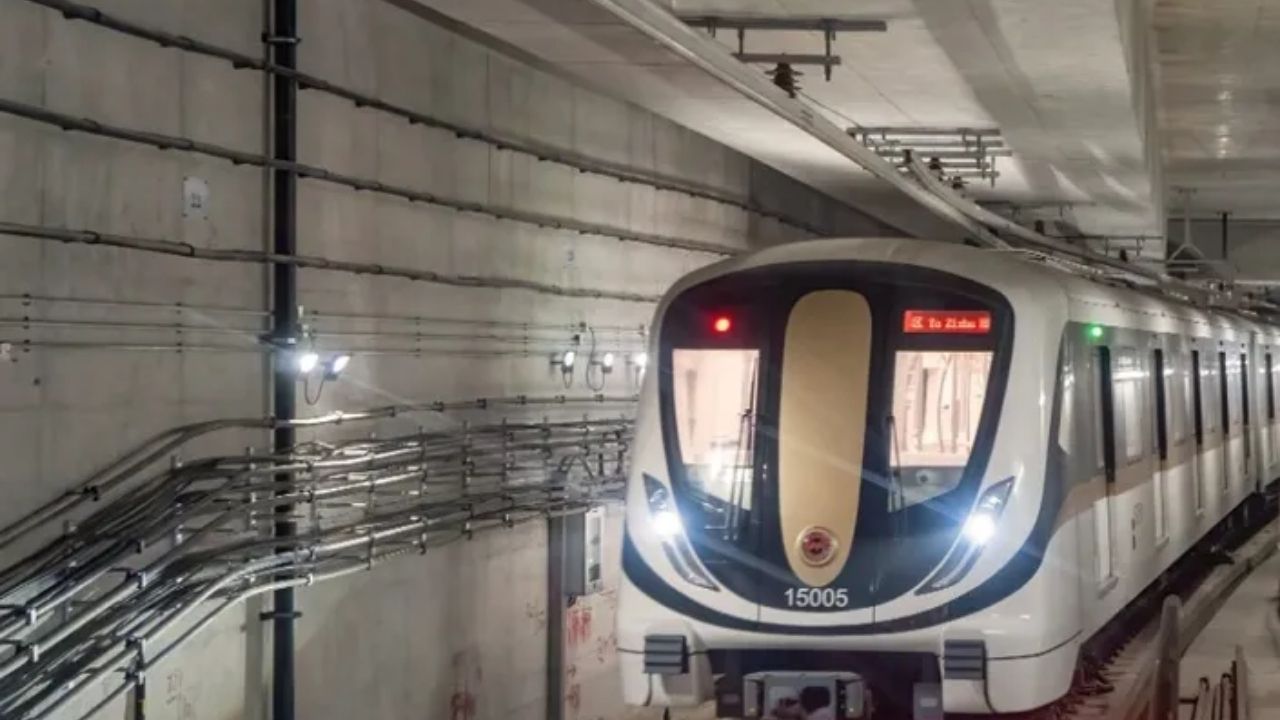On July 17, 2025, Odisha witnessed a major bandh (shutdown), which brought the bustling cities of Bhubaneswar and Cuttack to a virtual standstill. The 12-hour bandh was organized by the Indian National Congress and supported by several other opposition parties in protest of the tragic death of a student from Balasore. This student’s unfortunate demise, after allegedly setting herself on fire due to prolonged harassment, has shaken the state and sparked protests. The bandh led to disruptions in public transport, blocked roads, and widespread closures. Let’s break down the entire situation and explore the impact of this protest.
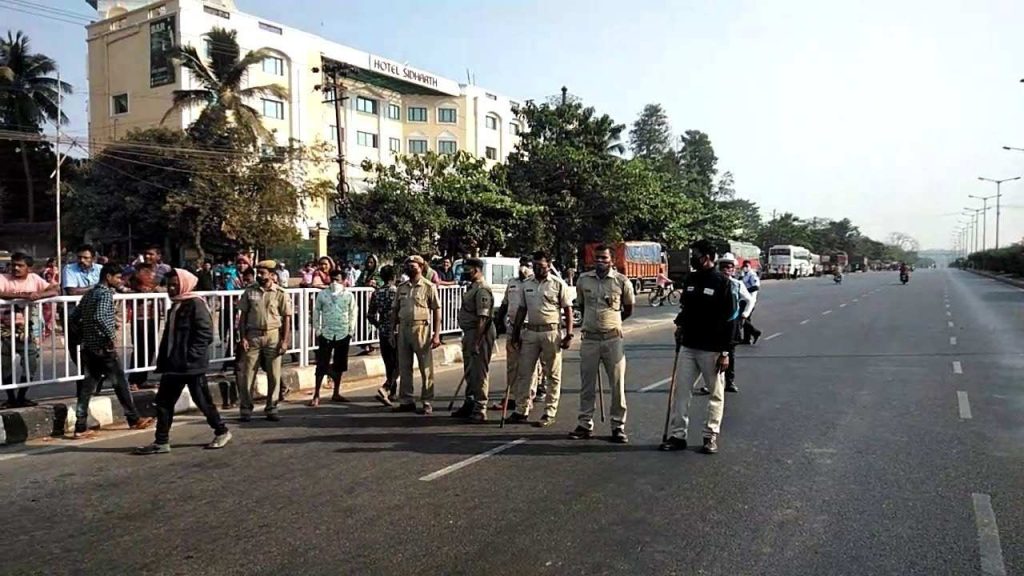
Odisha Bandh Brings Bhubaneswar-Cuttack
| Topic | Details |
|---|---|
| Date of Odisha Bandh | July 17, 2025 |
| Affected Cities | Bhubaneswar, Cuttack |
| Duration | 6 AM – 6 PM |
| Reason for Bandh | Protest over the death of a student from Fakir Mohan Autonomous College in Balasore due to harassment |
| Impact on Public Transport | No buses, auto-rickshaws, or taxis operating |
| Road Blockages | Protestors blocked key intersections, including Master Canteen Square and Khandagiri |
| Closure of Businesses | Shops, markets, and educational institutions closed |
| Security Measures | 200+ platoons of police, surveillance drones deployed |
For more updates on the bandh, you can visit the Times of India, Odisha TV, and NDTV.
The Odisha bandh on July 17, 2025, brought the cities of Bhubaneswar and Cuttack to a halt, severely disrupting daily life. The protests, which were sparked by the tragic death of a student, highlight serious issues surrounding student safety and harassment in educational institutions. While political tensions continue to rise, the situation also emphasizes the need for better systems to protect vulnerable individuals. As the bandh comes to an end, authorities are working to restore order and ensure that the incident does not overshadow the state’s progress toward a safer, more inclusive future.
Context of the Odisha Bandh
The bandh was a protest triggered by the tragic self-immolation of a 20-year-old student from Fakir Mohan Autonomous College in Balasore. The student, who succumbed to burn injuries, allegedly took this extreme step because of years of sexual harassment she faced at her college. Despite her repeated pleas for help, the institution took no substantial action to address her concerns. This tragic incident sparked outrage across the state and resulted in widespread protests led by the Congress party and backed by other opposition parties.
The shutdown, which lasted from 6 AM to 6 PM, was not just a symbolic gesture. It had serious real-world consequences. Buses, including the state-run Mo Bus services, were suspended, leaving thousands of commuters stranded. Many private buses and auto-rickshaws also stayed off the roads, further aggravating the situation. Taxis, another crucial mode of transport, were also reportedly reluctant to operate. This mass halting of public transport essentially paralyzed the daily commute for residents and workers in both Bhubaneswar and Cuttack.
The Impact on Transportation and Roadways
Bhubaneswar-Cuttack, the metropolitan area that houses Odisha’s capital, relies heavily on public transport for daily commuting. The shutdown led to the complete suspension of bus services, leaving many people with no alternative but to seek private vehicles or rely on walking. Even private buses and auto-rickshaws, which are commonly used for short-distance travel, chose to stay off the streets in solidarity with the protestors. This caused severe disruptions, especially during the busy morning and evening hours.
The situation was compounded by road blockages at key intersections such as Master Canteen Square, Acharya Vihar, and Khandagiri in Bhubaneswar, and near Netaji Bus Terminal in Cuttack. Protestors took to the streets, burning tires and blocking major roads, causing massive traffic congestion and delays for those who tried to use private vehicles or two-wheelers. Local trains also faced disruptions, with efforts made by protestors to block train services.
Commercial and Educational Shutdown
Due to the severity of the protests, businesses, markets, and educational institutions in Bhubaneswar and Cuttack decided to close their doors for the day. In an attempt to avoid any potential violence or destruction, local shops, including grocery stores and malls, stayed shut. Even large retail chains closed their outlets to ensure the safety of their staff and customers.
Moreover, schools and colleges across the region also suspended classes as a precautionary measure. This left students, parents, and teachers to adjust their routines on short notice. Government offices too operated with minimal staff, and many public sector employees were advised to stay home for the day.
Political Reactions and Demands
The political fallout from the death of the student and the subsequent bandh has been intense. Congress leaders, including Rahul Gandhi, have condemned the incident, calling it a “systematic murder” by the state government. They have demanded the resignation of the state’s Education Minister and a judicial inquiry into the tragic incident.
The incident has also been used as a platform to criticize the state’s handling of gender-based violence and institutional negligence. Congress has vowed to continue their protests until the state’s leadership takes responsibility for the incident. The demand for accountability has also extended to the higher educational institutions, urging them to take better measures to ensure the safety and well-being of students.
On the other hand, the BJP (Bharatiya Janata Party), the ruling party in the state, has refrained from directly commenting on the incident, choosing instead to criticize the protest methods, labeling them as politically motivated. Despite the contrasting views between political parties, one thing is clear: this tragic event has shone a spotlight on issues of student safety and harassment in educational institutions across the state.
Authorities’ Response to the Unrest
In response to the unrest and escalating protests, the Odisha government has ramped up security measures. Over 200 platoons of police forces have been deployed across the state to maintain law and order. Surveillance drones were also put in place to monitor the situation from the air, ensuring that any violence or vandalism was swiftly dealt with.
In addition, security was increased at key government establishments like the Lok Seva Bhawan. The government also issued an advisory urging employees to report to their offices by 9:30 AM but with restricted access to sensitive areas. Authorities are doing their best to ensure that the bandh ends peacefully and normalcy returns as quickly as possible.
Odisha Govt Adds Abetment of Suicide Charges in FM College Student Death Case
Rahul Gandhi Demands Accountability After Speaking to Father of Balasore Immolation Victim
University Grants Commission Takes Action: Fact-Finding Team Deployed in Odisha Case
FAQs
What caused the Odisha bandh on July 17, 2025?
The bandh was organized in protest of the tragic death of a student in Balasore, who allegedly took her own life after suffering from prolonged sexual harassment. Opposition parties, including Congress, called for a shutdown to demand justice for the student.
How did the bandh affect transportation in Bhubaneswar and Cuttack?
The bandh led to the complete suspension of Mo Bus services, and private buses and auto-rickshaws also stayed off the roads. This resulted in major traffic disruptions, especially in the Bhubaneswar-Cuttack metropolitan area.
Were businesses and schools open during the bandh?
No, businesses and schools in Bhubaneswar and Cuttack were closed for the day. Educational institutions suspended classes as a safety precaution, and shops decided to stay shut due to the protests.
How did the state government respond to the protests?
The state government deployed over 200 platoons of police and surveillance drones to ensure public safety and prevent violence. Security was tightened at key government offices, and employees were advised to report with minimal staff.

